War has been an unfortunate and grim part of the human experience ever since the dawn of time. Conflicts have been started over lust for land, resources, power, influence, glory, national prestige, and much more. Some have been brief, while others have dragged on for centuries at a time.
While individual wars might seem like isolated incidences at first glance, they can sometimes be part of a large chain of military actions that span across generations. In many cases, these wars entered a cooling-off period where both sides were either too weak to fight or had agreed upon an uneasy truce, but the conflict and war remained unsolved.
1. The Reconquista (718 AD - 1492 AD)
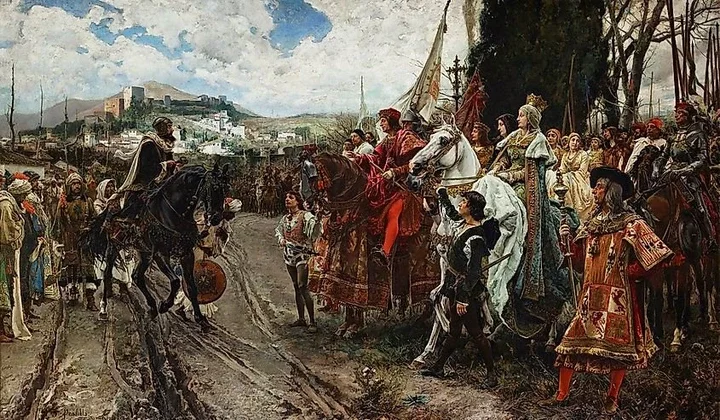
The Reconquista is an umbrella term used to describe the wars and battles fought between the Christian kingdoms within modern-day Spain and Portugal and the Muslim powers for control over the Iberian Peninsula. Lasting a staggering 721 years, the conflict remains the longest war ever fought in recorded history.
This conflict is said to have officially started around 718 AD in the wake of the Muslim conquest of most of Spain and Portugal. The invading Muslims had spent the last seven years sweeping aside the remnants of the previous Visogothic Kingdom. The only Christian lands that remained in Iberia were a few small holdouts in the northern mountains along the coast.
For the next 700 years, the Christians fought tooth and nail to reclaim their homeland. There were of course, many setbacks and defeats on both sides, but with each passing century, the Christian kingdoms were able to slowly grow and expand, chipping away at Muslim holdings.
By the late 15th century, the last Muslim stronghold was the Emirate of Grenada in the southern tip of Spain. The now-famous Spanish monarchs Ferdinand II of Aragon and Isabella I of Castile joined their kingdoms together in marriage and immediately turned the might of their combined armies on Grenada. After months of fighting, the city finally fell, marking the official end of Muslim rule in Iberia and a climatic end to the Reconquista.
2. Roman-Germanic Wars (112 BC - 596 AD)
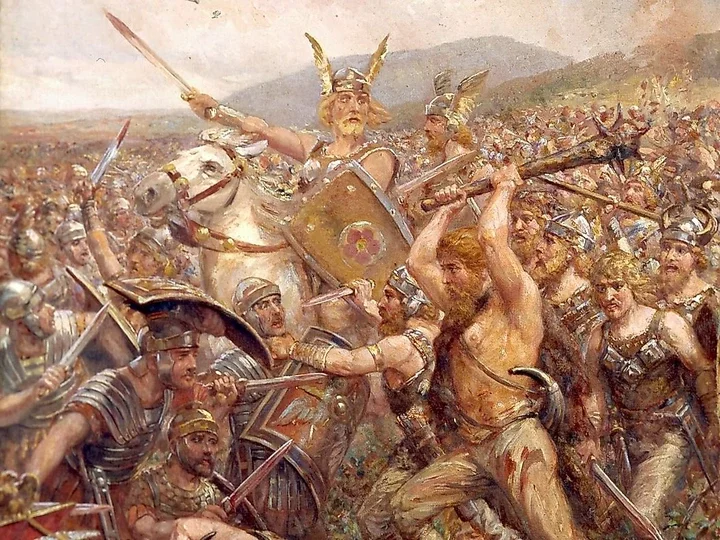
German tribesmen clash with Legionaries on the Roman frontier.
The Romans and the Germanic tribes that inhabited much of Northern Europe were at odds with one another for just over 700 years. The Romans first came into contact with the German tribes during their expansions into what would today be Switzerland, Austria, and France.
The "Germans," as they are often referred to, were far from a unified people, and it is not clear if they shared a similar culture with one another. But from a Roman perspective, they were essentially all the same with little in the way of meaningful differences.
Many of these wars took on the appearance of border riads that would sometimes punch deep into Roman territory. In the early years, the Romans had great success in repelling these attacks, but this would not last forever. As the Germans became much better organized and the Romans declined and weakened, invasions started to become a larger and more serious threat and would often end in the Romans bribing the German tribes to either leave or to help fend off future attacks from their fellow countrymen.
Germanic invasions famously contributed to the downfall and eventual collapse of Rome in Western Europe in 476 AD and would continue to fight the Eastern Roman Empire for another 100 years, finally ending in 596 AD with the end of the Lombard Wars in Italy.
3. Anglo-French Wars (1109 AD - 1815 AD)
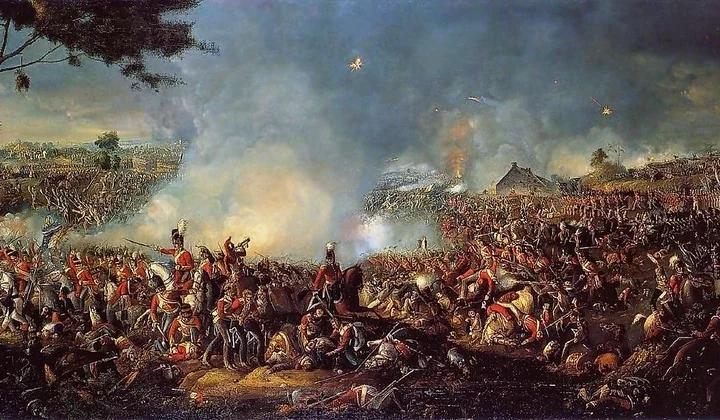
The Battle of Waterloo in 1815.
England and France have been intertwined with one another ever since the Norman Conquest of the British Isles in 1066 AD. For much of the Medieval Period, the French and English monarchs fought bitterly over the French throne. This animosity then carried over into the Age of Exploration and the colonial period as well. Even when both nations controlled massive global empires, they waged war against each other for wealth and power.
The origins of this conflict are fascinating due to how similar the two nations were. While on the surface, it might appear as though two distinct nations were at odds, in reality, the French and English ruling classes were shockingly alike. The English nobility was, for all intents and purposes, French. They spoke French in their personal and public lives, and even some of England's most celebrated and famous rulers, such as Richard the Lionheart, voiced outward contempt toward the English language and his English subjects. These attitudes started to fade in the 1400s with the conclusion of the Hundred Years War in 1453, but the wars were far from over.
They continued to squabble in North America over Canada and the United States in the 1700s. While Britain eventually conquered French Canada, France got the last laugh by funding, training, and openly assisting the American rebels during the American Revolution. The hostilities eventually came to a climatic end with the defeat of Napoleon at the Battle of Waterloo in 1815. Ever since Napoleon was deposed, France and Britain have managed to get along quite well and remain staunch allies to this day.
4. Roman-Persian Wars (92 BC - 628 AD)
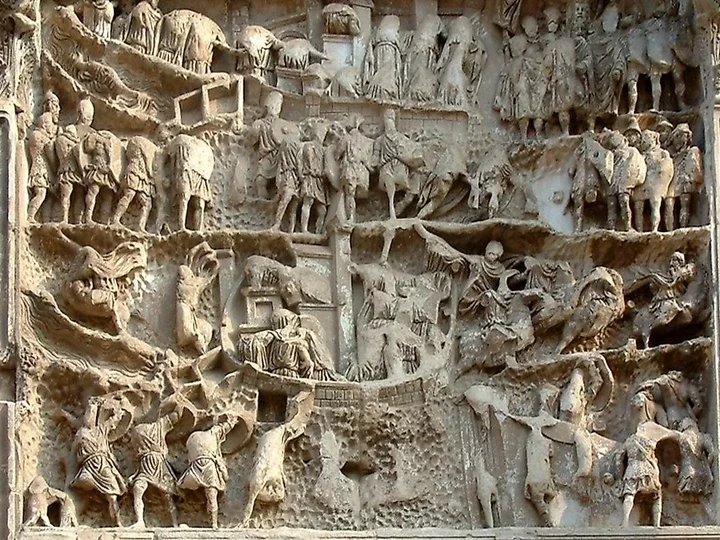
Roman reliefs depicting wars with Parthia
As Rome expanded into the Middle East and the Levant, it came into contact with the mighty Parthians, a Persian people who had risen to power in the wake of the collapse of the Seleucid Empire. While the Parthians might not have been direct descendants of the great Achaemenid Empire, they were certainly its spiritual successors.
The Romans were the first to attack. Their initial campaign into Parthian land was nothing short of a disaster and resulted in the total decimation of a Roman legion along with the humiliating capture and execution of Crassus, one of the most affluent and influential members of the Roman aristocracy.
Despite numerous setbacks on both sides, the two ancient superpowers fought one another to a standstill on more than one occasion. Even though the two empires had grown into bitter enemies over the years, they had built up a healthy respect for one another.
This rivalry would come to a spectacular end when, after a particularly bloody and devastating war between the Romans and Persians came to an end, they were both simultaneously attacked by Arab armies who had just recently adopted Islam. The Romans lost nearly all of their territory in the Middle East and North Africa to the Muslims in just a few short decades. The Persians suffered the worst, however. With astonishing speed, their entire empire was conquered by the Arabs, officially ending the conflict between the Romans and Persians forever in 628 AD.
5. Byzantine-Bulgarian Wars (675 AD - 1355 AD)
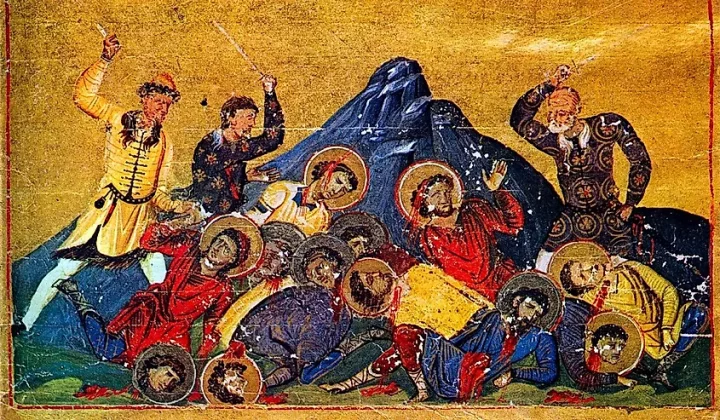
The Eastern Romans, also known as the Byzantines, fought a series of brutal wars and border skirmishes against the Bulgarians that span across the Dark Ages and the late Medieval Period. The wars first began when Khan Asparuh, leader of the Bulgarian people, crossed over the Danube River and attempted to settle in Byzantine land.
The Bulgarians had many early successes capturing towns and cities all across the Balkans and were even partially responsible for ushering in an age of decline for the Byzantines. That being said, the Byzantines did have moments as well. One particularly ruthless Byzantine Emperor even adopted the grim moniker "Basil the Bulgar Slayer" in the wake of atrocities he committed against the Bulgarians.
Even though there was real animosity between the two peoples, the rulers of both the Byzantine Empire and the Bulgarian Empire did forge pragmatic alliances from time to time. In one case, during the Seige of Constantinople in 718 AD, the Bulgars came to the aid of the Byzantines when their capital city was at risk of falling to an Arab army.
Regardless, the two sides continued to battle with each other until the Bulgarians would eventually get the final victory in this conflict in 1335 AD. The defeat suffered by the Byzantines was not only devastating in the immediate aftermath but also left them open to conquest at the hands of the Ottoman Turks, who eventually disposed of them in 1453 AD.
6. The Crusades (1096 AD - 1699 AD)
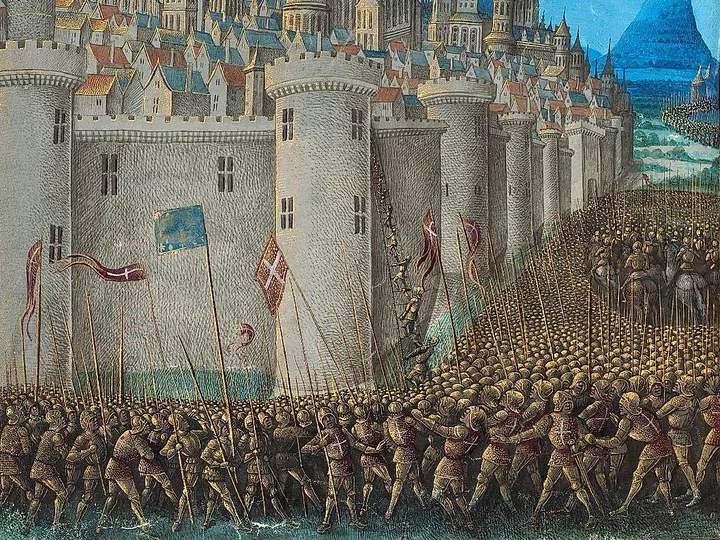
The First Crusade was launched by Pope Urban II in response to a desperate plea for help from the Byzantine Emperor following their crushing defeat at the Battle of Manzikert in 1071 AD. Urban II and other leaders of Christian Europe had also been receiving news that Christian pilgrims were being continually harassed, extorted, killed, tortured, or sold into slavery when venturing into holy sites located within Muslim lands. While a certain number of these stories are thought to be exaggerated, the harrowing accounts were enough to inspire more than 60,000 people from across Europe to join forces and march on Jerusalem.
Despite all odds the First Crusade was successful and Jerusalem, the most holy city in the Christian faith was back in Christian control for the first time since the Romans were beaten back by the Arab Muslims in the 7th century. Dozens of Crusades would follow as Muslim armies would continue to chip away at the newly founded Crusader states along the Mediterranean coastline. The last Crusader-held city, Acre, fell in 1291 AD, marking the end of the Crusader's presence in the Holy Land for good.
The Crusades did not end in the Holy Land, however. Other Crusades were launched in the Baltic States of Lithuania, Latvia, and Estonia with much more long-lasting and tangible results than what was seen in the Levant.
However, the last gasp of the Crusades truly took place during the Ottoman conquests and invasion of Central and Eastern Europe in the 17th and 16th centuries. While many of these early Crusader armies were unsuccessful in pushing back the Ottoman advance in the Balkans, they did see miraculous victories at the two Sieges of Vienna in 1529 AD and 1686 AD.
7. Byzantine - Arab Wars (629 AD - 1071 AD)
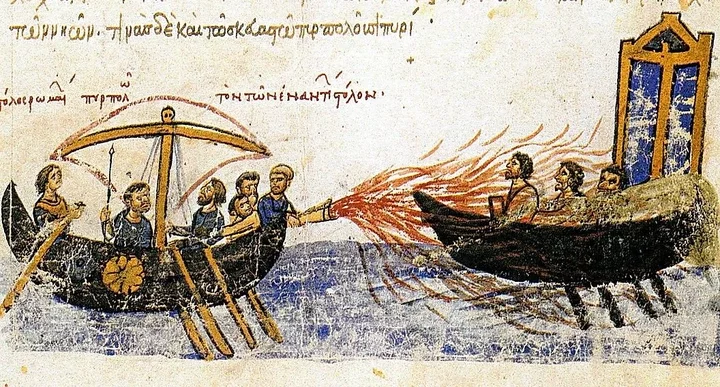
In the early 7th century, Arab armies stormed across the Middle East and North Africa. Seemingly out of thin air. A people from a region of the Middle East that was seldom thought of by the Persians and Byzantines was now laying siege to their cities and conquering large swathes of their territory.
The Sassanid Persians were outright conquered by the invading Arabs in 633 AD, while the Byzantines lost all of their land in Egypt, North Africa, and the Levant only a few years later. In the following centuries, the Byzantines would fend off dozens of invasions into Anatolia and even stave off a handful of attempts to take their capital city of Constantinople.
The Byzantines eventually were able to rebound after experiencing a resurgence in the 10th century, but it was unable to ever fully recapture its lost territory. The Byzantines also grabbed some more land during the First Crusade.
Despite these small gains, the Byzantines were far from safe. Even though the threat from the Arab caliphates had started to dissipate, a new formidable enemy had just presented itself. The Seljuk Turks, new converts to Islam, had just migrated into Anatolia in the early 11th century and began to chip away at the Byzantine defenses slowly, much like the Arabs had done years prior. While the Byzantines would be able to hold out for another 400 years, they would never again enjoy the same level of power or influence they once had in the 7th century.
8. Yemeni-Ottoman Conflicts (1538 AD - 1911 AD)
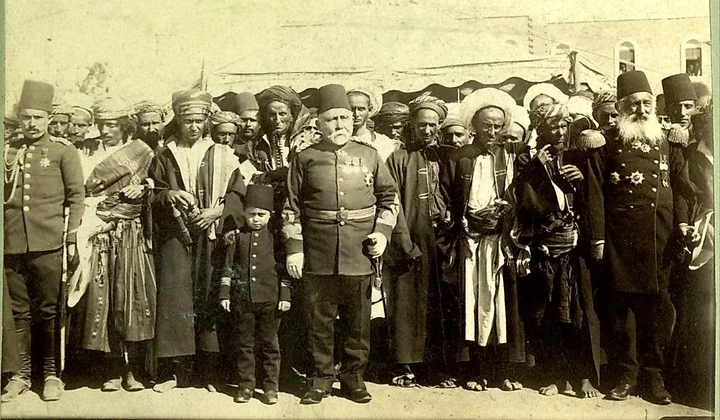
Ottoman and Yemeni representatives gather for a photo in the late 19th century.
When the Ottoman Empire expanded into the Arabian Peninsula in the 16th century. It quickly found itself at odds with the local Yemeni tribes and states that existed in the region. Despite various Ottoman attempts to subdue the Yemeni people, they had little success.
Even with military victories over the people of Yemen, resistance remained strong in the more rural areas outside of the major cities. The Ottomans failed to project power in the area effectively, and while they controlled the region on paper, in reality, much of Yemen acted independently of Ottoman authority.
In the late 19th century and early 20th century, a series of rebellions against the Ottomans were launched within Yemen. This forced the already waiting Ottoman Empire to come to the negotiation table and try and strike a deal. The best the Ottomans could walk away with was leaving Yemen as a self-governing vessel of the empire. However, this technical victory would be short-lived. While the Ottoman Empire was embroiled in the First World War, the Yemeni leadership took the opportunity to declare their independence and establish the Mutawakkilite Kingdom of Yemen in 1918.
9. Moroccan-Portuguese Conflicts (1415 AD to 1769 AD)
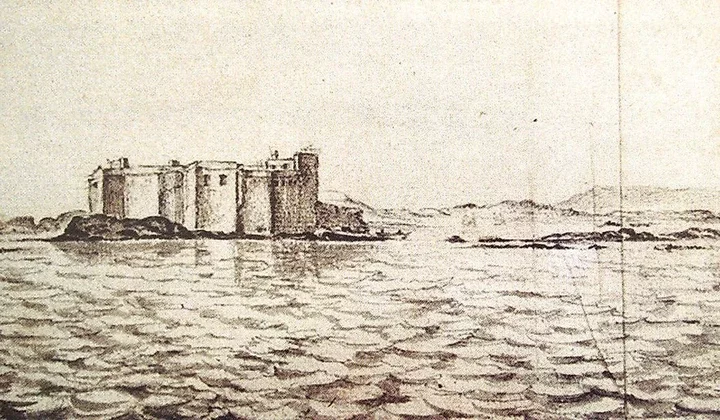
Castelo Real was a Portuguese castle established in Mogador.
In the early days of the Age of Exploration, the Portuguese made numerous attempts to secure their own coastlines and establish themselves as an unquestioned naval power in the Western Mediterranean. The main obstacle standing in the way of this goal was the Moroccan state.
The Portuguese experienced great success at the beginning of the conflict, capturing and holding the city of Ceuta in 1415. Other attempts were made to expand Portuguese territory within Morocco by capturing other coastal settlements, but these were fended off with a few exceptions.
In 1578, the Moroccan Sultan Abd al-Malik led a successful campaign against the Portuguese and was able to dislodge the invaders from a handful of their strongholds along the coast. Despite these victories, the Portuguese stubbornly held on.
Over the next 200 years, the Portuguese slowly started to abandon these outposts as they grew redundant or too expensive to maintain. By 1769, the last Portugese-held port city was returned to the Moroccans, and they would never again threaten another invasion.
10. Russo-Turkish Wars (1568 AD to 1918 AD)
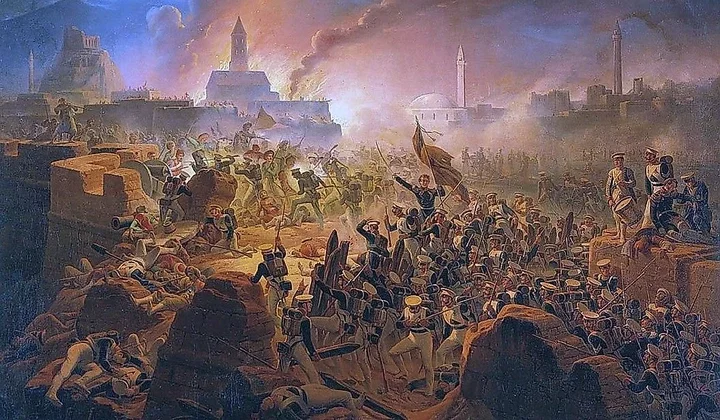
Russian and Ottoman soldiers clash at the Siege of Akhaltsikhe in 1828.
Beginning in 1568 and ending with the conclusion of the First World War, the Russian Empire and the Ottoman Empire remained bitter rivals and enemies for more than three and a half centuries. The two powers first came to blows after the Russians expanded southward around the Black Sea after the conquest of Kazan. The Ottomans sent a military expedition to Astrakhan in 1569 but their forces were soundly defeated by a Russian army.
As both empires expanded, they frequently clashed in Ukraine and the Caucasus region. The Ottomans routinely launched raids into Russia proper via proxies in the Crimean Khanate. Something that antagonized Russia into war on more than one occasion.
The Russians also played a significant part in the Holy League. This was a loose alliance of European Christian states unified in an attempt to stop the expansion of the Ottoman Empire into Central Europe. The Holy League was ultimately a success as it reversed some Ottoman gains in the Balkans and Eastern Europe.
At the dawn of the 20th century, attitudes towards one another had not gotten any better. At the outbreak of the First World War, the Russians and Ottomans once again found themselves at opposite ends of the conflict. The First World War ironically dealt the final killing blow to both empires and ended the rivalry once and for all. The Russian monarchy was overthrown by communist revolutionaries in 1917, and the Ottoman Empire dissolved in the aftermath of the war in 1922.
11. Spanish-Moro Conflict (1565 AD to 1898 AD)
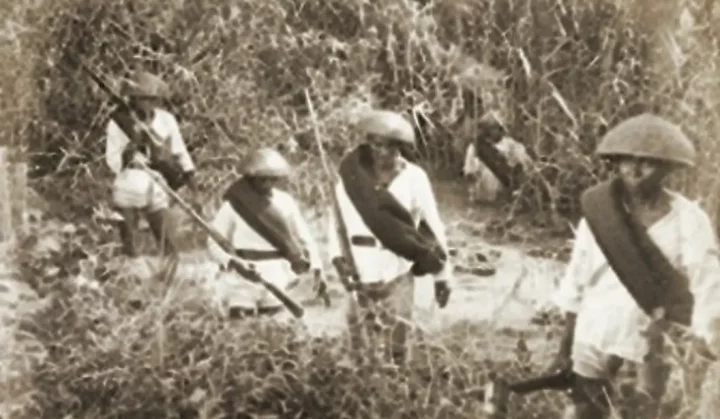
Christian Fillipino's on patrol against the Moro Muslims in Mindanao in 1887.
The Philippines remained a colony of the Spanish Empire from the middle of the 16th century until the very end of the 19th century. During the long rule of the Spanish, Catholicism became the dominant religion in the nation after decades of aggressive evangelizing by priests and missionaries.
However, Christianity was not the only "Old World" faith within the Philippines. Large numbers of Filipino tribes had converted to Islam in the 1380s via trade with Indonesia. Fighting between the two groups began almost immediately, with the Spanish launching a daring attack against Manilla in 1571, resulting in a major victory.
The major Muslim tribes, the Tausūg, Maguindanao, and Maranao, largely retreated into the southern archipelago and regathered their strength. In 1637, Sultan Kudarat started a widespread rebellion against Spanish colonial rule. However, due to the superior technology used by the Spanish army, they were eventually defeated.
The uprising in 1637 marked the last major war between the Catholics and Muslims within the Philippines, but skirmishes and raids remained constant up until the Spanish were forced to hand over the islands to the United States in 1898 after their defeat in the Spanish-American War.
Even though many of these conflicts have been over for more than 100 years, we can still feel and see the effects of these wars in modern times. Wars that took place in the past are often thought to have started and ended when the fighting stopped, but that is often not the case. It is much more common for wars to have unintended consequences that burden and hinder future generations for years to come.
Studying historical wars as isolated incidences does a poor job of portraying these destructive and chaotic events for what they truly are. This list just goes to show that individual wars are usually a part of a much larger chain of events that first began long before any of those involved were ever born. Hopefully, as the world progresses, we can learn from our past and make sure not to make the same mistakes that predictable result in such horrendous outcomes.




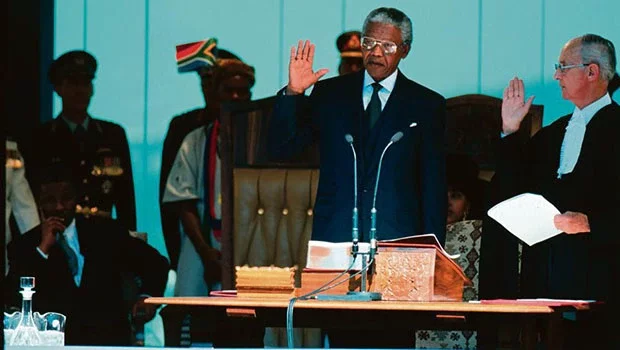
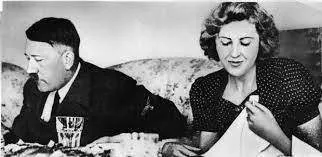

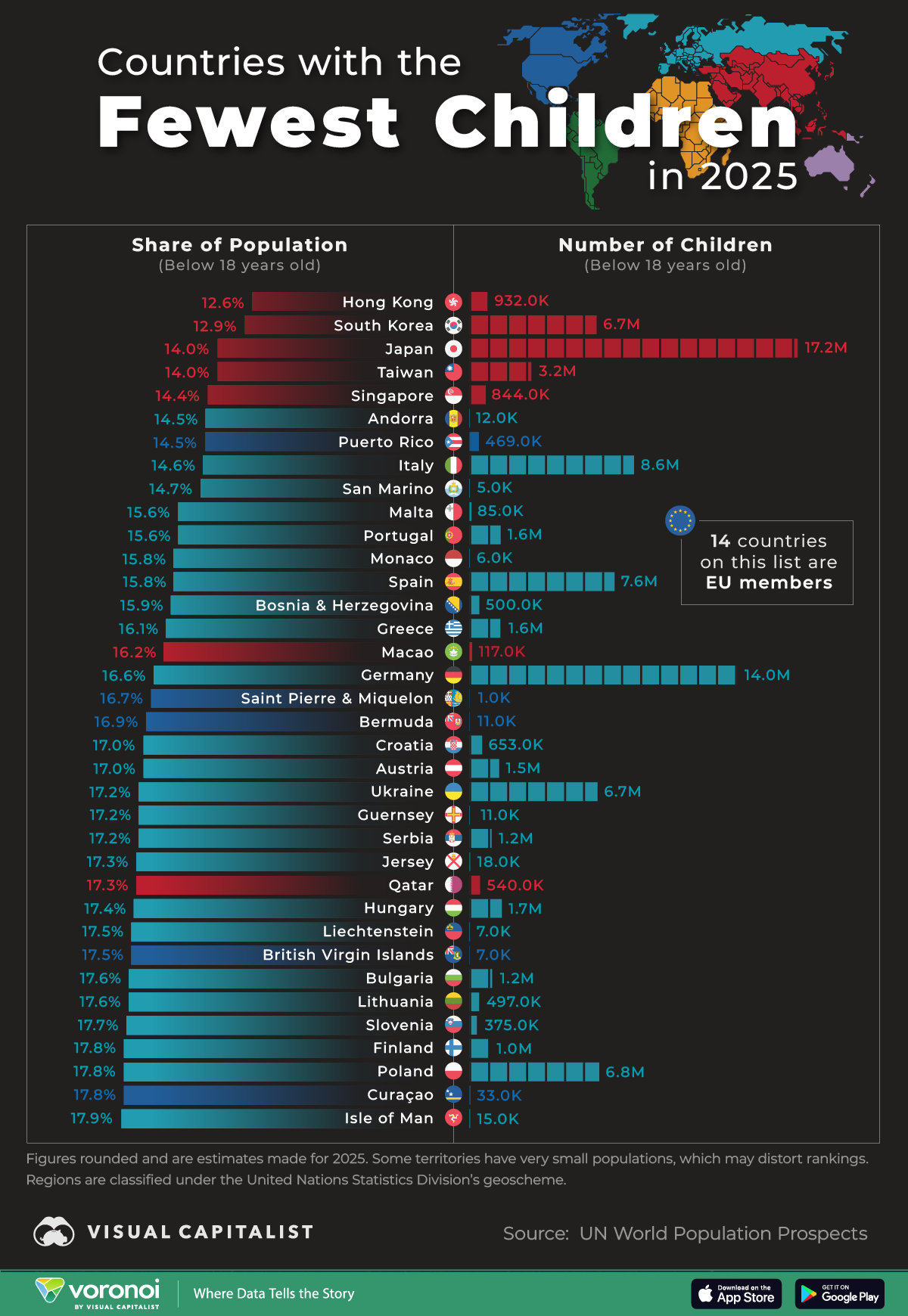









Comments